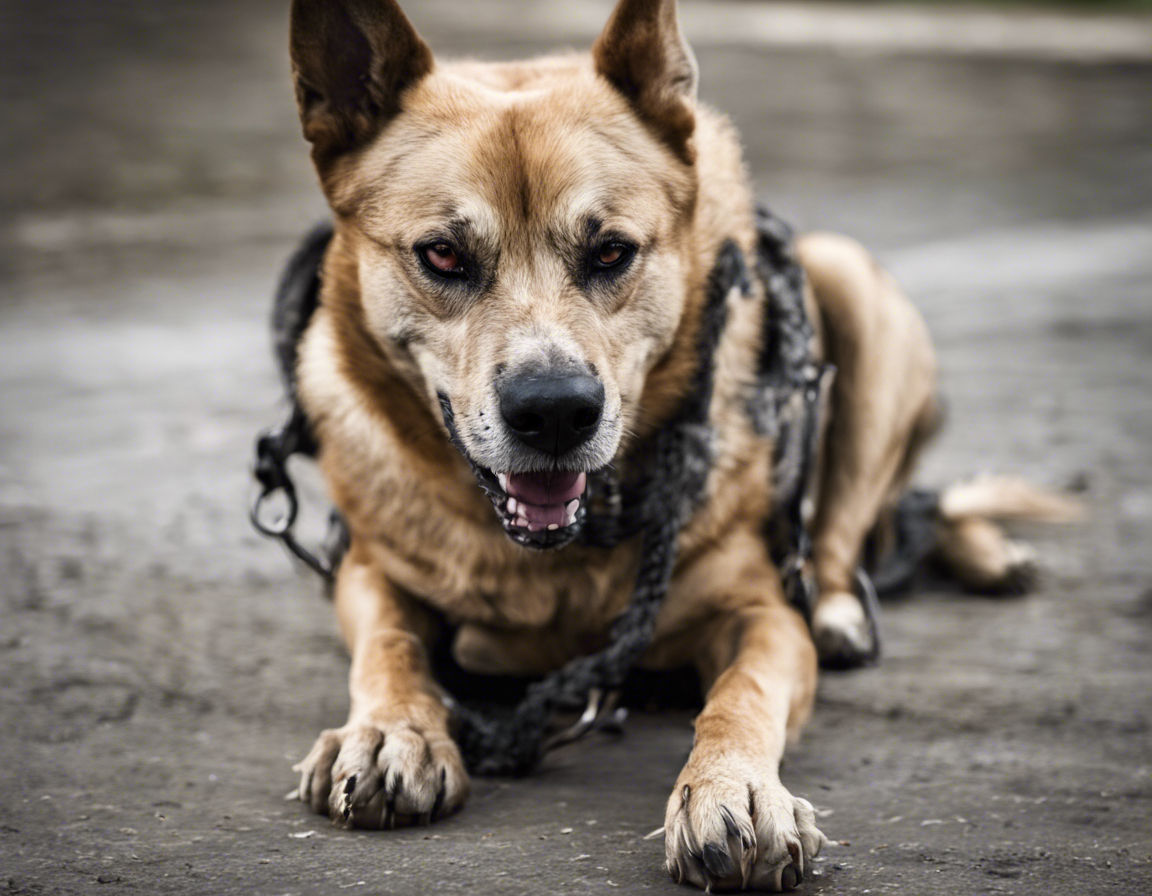Introduction
Dogs are often known as man’s best friend, bringing joy, companionship, and protection to millions of homes worldwide. However, it is essential to recognize that some dog breeds have gained reputations for being aggressive or potentially dangerous. While individual temperament and behavior vary among dogs of the same breed, understanding the tendencies of certain breeds can help owners make informed decisions about selecting and training their pets.
American Pit Bull Terrier
One of the most controversial and stigmatized breeds is the American Pit Bull Terrier. Known for their strength and tenacity, pit bulls have unfortunately been involved in several high-profile attacks. However, it is crucial to note that breed-specific legislation targeting pit bulls has been widely criticized by animal experts and organizations as ineffective and discriminatory. In reality, pit bulls can be loving and affectionate pets with proper care and socialization.
Rottweiler
The Rottweiler is another breed that often makes headlines for aggression. Originally bred as working dogs for tasks such as herding and guarding, Rottweilers are known for their loyalty and protective instincts. However, their size and strength can make them potentially dangerous in the wrong hands. Proper training, socialization, and responsible ownership are essential for managing the Rottweiler’s protective nature.
German Shepherd
Despite their popularity as police and military dogs, German Shepherds are also on the list of potentially dangerous breeds. Intelligent, loyal, and versatile, German Shepherds excel in various roles, from protection and search-and-rescue to therapy work. However, their protective instincts can manifest as aggression if not properly channeled through training and socialization. German Shepherds require consistent leadership and mental stimulation to thrive as well-behaved companions.
Siberian Husky
While not typically associated with aggression, Siberian Huskies are included in this list due to their independent and high-energy nature. Huskies are escape artists known for their digging and howling tendencies. Without sufficient physical exercise and mental stimulation, Huskies may exhibit destructive behaviors out of boredom. Responsible owners should provide ample opportunities for exercise, training, and enrichment to prevent Huskies from becoming problematic.
Doberman Pinscher
The Doberman Pinscher is a breed recognized for its loyalty, intelligence, and athleticism. Originally bred as guard dogs, Dobermans are known for their fearlessness and alertness. While they can be loving and gentle with their families, Dobermans may be wary of strangers and exhibit protective behaviors. Early socialization and positive reinforcement training are crucial for ensuring that Dobermans are well-adjusted and obedient pets.
Presa Canario
Less common but still worth mentioning is the Presa Canario, a large Molosser breed with a history of working as a livestock guardian and herding dog. Presa Canarios are known for their strength, territorial nature, and protective instincts. Due to their size and power, these dogs require experienced handling and diligent socialization from an early age. Without proper training and boundaries, Presa Canarios may exhibit aggressive behaviors towards other animals or unfamiliar individuals.
Pitfalls of Breed Stereotyping
It is essential to emphasize that breed alone is not a reliable indicator of a dog’s behavior. Factors such as training, socialization, environment, health, genetics, and individual temperament all play significant roles in shaping a dog’s personality. Blanket statements or stereotypes about specific breeds can lead to misconceptions and unfair discrimination against well-behaved dogs.
Key Points to Consider
- Responsible ownership: All dog owners should prioritize proper training, socialization, healthcare, and safety measures regardless of breed.
- Early intervention: Addressing behavioral issues promptly through positive reinforcement training and professional guidance can prevent escalation.
- Breed-specific behaviors: Understanding the natural inclinations of different breeds can help owners meet their dogs’ needs effectively.
- Consulting professionals: Seeking advice from veterinarians, trainers, or behaviorists can offer valuable insights into managing challenging behaviors.
- Legal obligations: Owners must comply with local regulations on dog ownership, licensing, leash laws, and liability insurance to promote public safety.
Frequently Asked Questions (FAQs)
-
Are certain dog breeds inherently more dangerous than others?
While some breeds may have been bred for specific purposes like guarding or hunting, individual temperament and behavior are influenced by various factors. Proper training and socialization can mitigate potential risks. -
Do aggressive dogs always come from aggressive breeds?
Aggression in dogs can stem from fear, anxiety, lack of socialization, trauma, or improper training. Early detection and intervention are key to addressing aggressive behaviors regardless of breed. -
How can owners prevent dog aggression?
Owners can prevent aggression through positive reinforcement training, early socialization, providing mental stimulation, regular exercise, and setting clear boundaries. -
Should breed-specific legislation be implemented to control dangerous dogs?
Breed-specific legislation has been criticized for its ineffectiveness and unjust targeting of specific breeds. Behavior-based laws that focus on individual dog behavior and owner responsibility are considered more appropriate. -
Can a previously aggressive dog be rehabilitated?
With dedicated training, patience, and professional guidance, many dogs can overcome aggressive behaviors and learn to trust and interact positively with people and other animals.
In conclusion, while some dog breeds may have reputations for being potentially dangerous, responsible ownership, proper training, and early intervention are key to fostering well-behaved and balanced canine companions. Understanding a breed’s characteristics and needs can help owners provide the necessary care and guidance to prevent behavioral issues and promote a harmonious relationship between dogs and humans.
